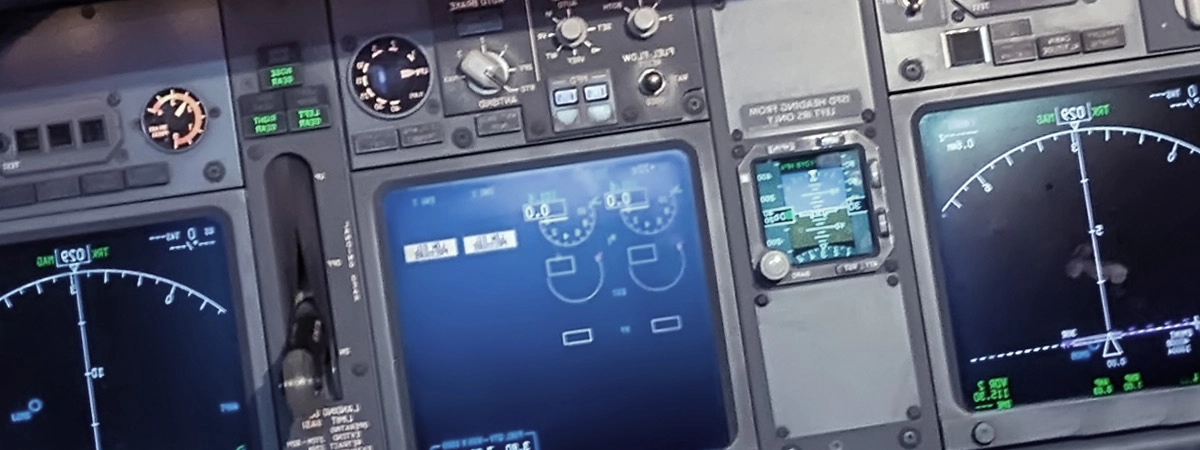IEC 61996 Simplified Voyage Data Recorder (S-VDR) Testing
The IEC 61996 Simplified Voyage Data Recorder (S-VDR) is a crucial component for ensuring the safety and compliance of modern maritime vessels. S-VDRs are designed to record voyage data, such as speed, position, course, and other critical parameters that are essential for navigation, safety, and regulatory compliance.
Testing these devices according to IEC 61996 ensures they meet the highest standards of reliability and performance. This testing involves a series of rigorous checks aimed at verifying not only technical specifications but also ensuring the device's robustness in real-world conditions. The testing process is comprehensive, covering various aspects including electrical performance, mechanical durability, environmental resistance, and data integrity.
The S-VDR plays an indispensable role in enhancing maritime safety by providing detailed voyage data that can be used for accident investigation, training, and fleet management. By ensuring these devices meet the stringent requirements set forth by IEC 61996, we contribute to a safer, more efficient, and compliant shipping industry.
Our testing services focus on verifying compliance with key parameters such as data accuracy, storage capacity, interface capabilities, and operational reliability under various conditions. We use state-of-the-art equipment and follow internationally recognized standards to ensure the highest level of confidence in our test results.
Applied Standards
| Standard | Description |
|---|---|
| IEC 61996-1 | Data Recorder for Ships, Simplified Voyage Data Recorder (S-VDR) |
| IEC 61996-2 | Data Recording and Replaying System for Ships, Simplified Voyage Data Recorder (S-VDR) - Part 2: Functional Requirements |
Environmental and Sustainability Contributions
- Reduces accidents by providing detailed voyage data for investigation.
- Promotes safer navigation through real-time monitoring of vessel parameters.
- Facilitates regulatory compliance, thereby reducing the risk of fines and penalties.
- Supports efficient fleet management leading to optimized fuel consumption and reduced emissions.
Use Cases and Application Examples
The testing of S-VDRs is essential for ensuring maritime safety and compliance. Here are some detailed use cases:
- Vessel Accident Investigations: The data recorded by the S-VDR can provide critical insights during accident investigations, helping to determine the cause and contributing factors.
- Educational Purposes: Educational institutions can utilize the data from S-VDRs for training purposes, enhancing the learning experience of future maritime professionals.
- Fleet Management: Fleet operators use S-VDR data to monitor vessel performance and optimize operations. This includes tracking fuel consumption, maintenance schedules, and crew efficiency.
- Regulatory Compliance: Compliance officers rely on S-VDRs to ensure that vessels meet all relevant international regulations and standards.





